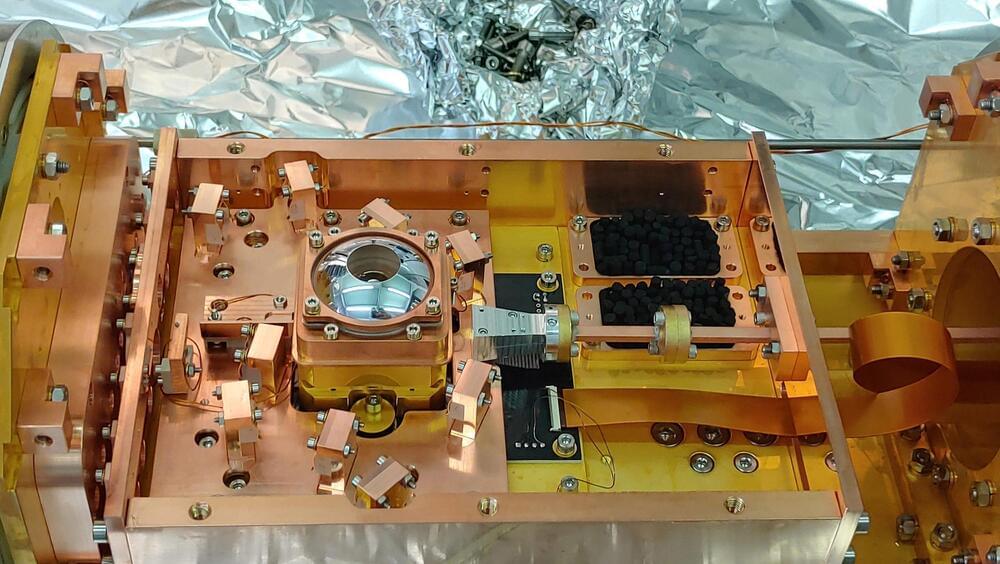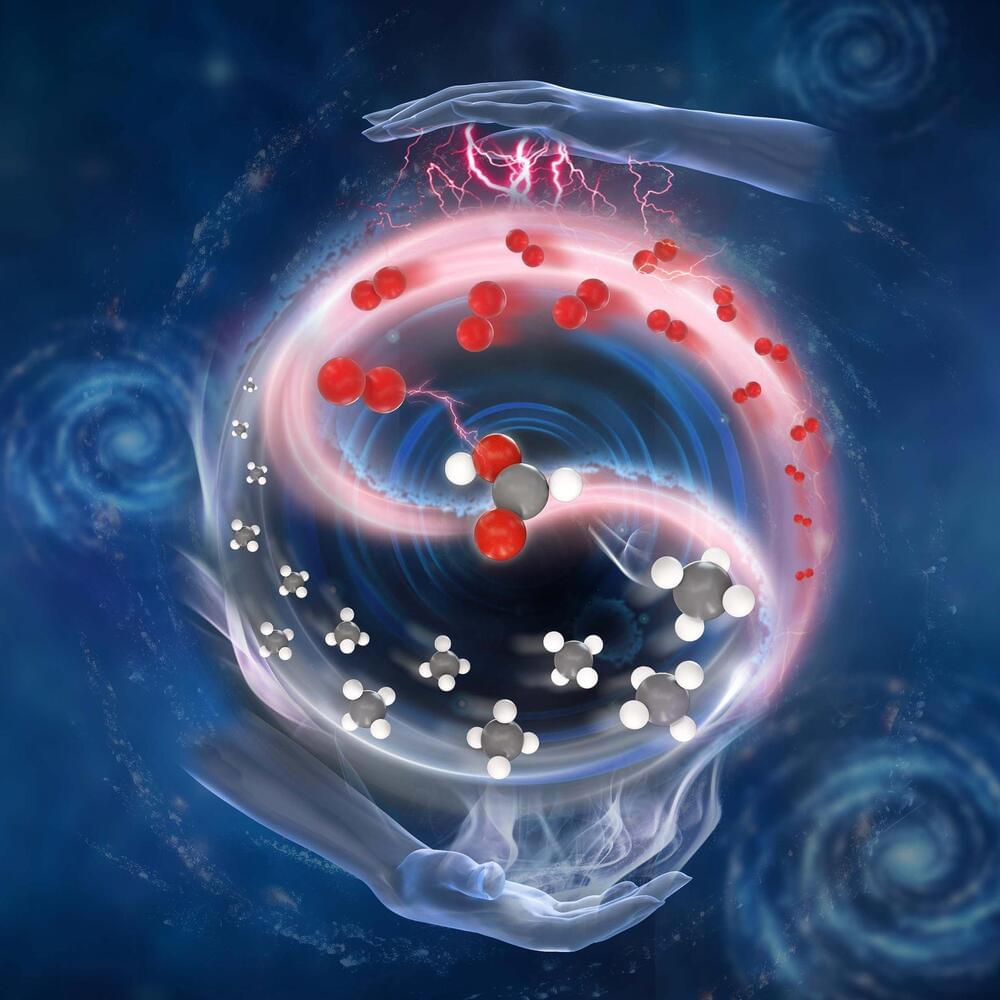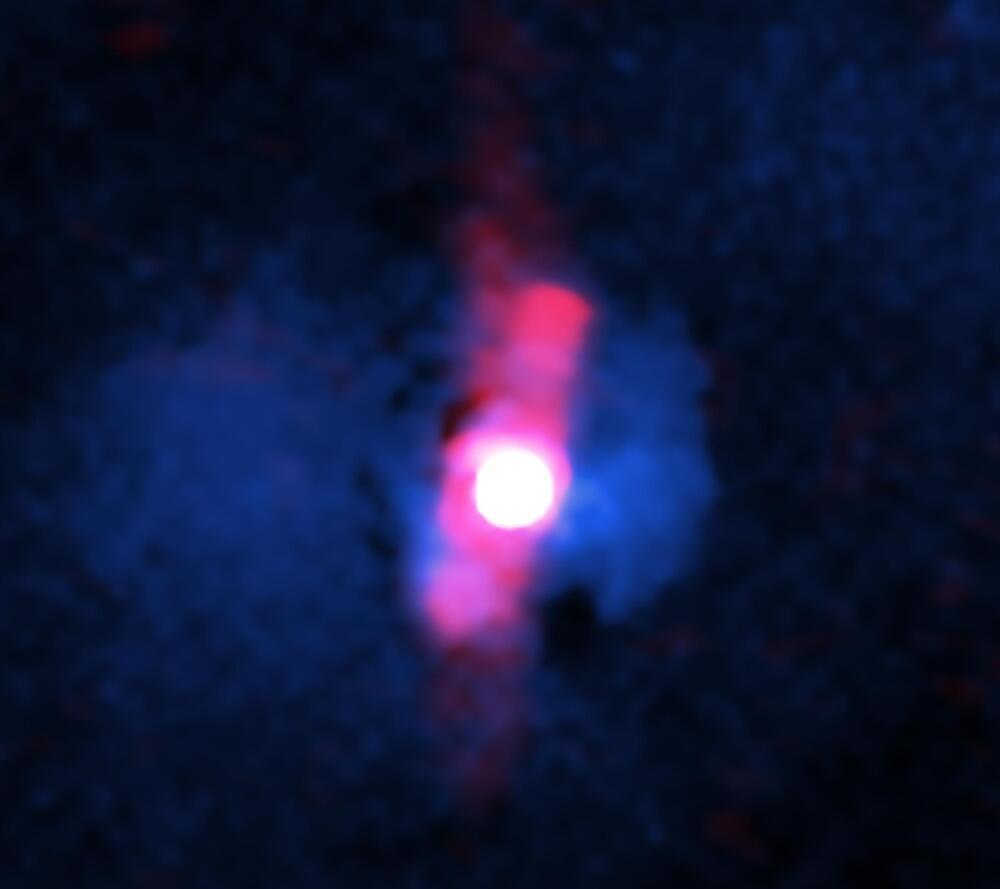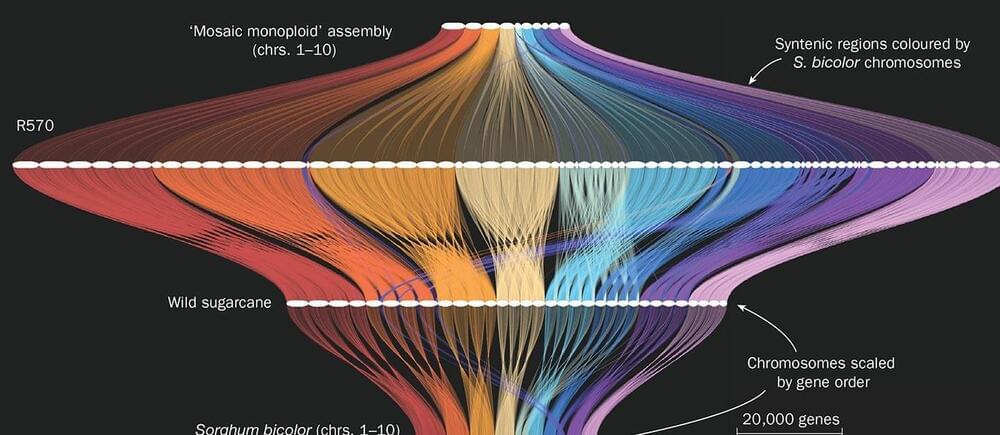Researchers at ETH have managed to trap ions using static electric and magnetic fields and to perform quantum operations on them. In the future, such traps could be used to realize quantum computers with far more quantum bits than have been possible up to now.
Scientists quantify a previously overlooked driver of human-related mercury emissions.
About 10 percent of human-made mercury emissions into the atmosphere each year are the result of global deforestation, according to a new MIT study.
The world’s vegetation, from the Amazon rainforest to the savannahs of sub-Saharan Africa, acts as a sink that removes the toxic pollutant from the air. However, if the current rate of deforestation remains unchanged or accelerates, the researchers estimate that net mercury emissions will keep increasing.
A team from the Dalian Institute of Chemical Physics made a breakthrough in converting methane to formic acid using oxygen at room temperature through a high-pressure electro-Fenton process, achieving significantly higher efficiency and productivity than traditional methods.
Direct conversion of methane (CH4) and oxygen (O2) to value-added chemicals is important for natural gas industries. However, challenges remain due to the difficulty of O2 activation in forming active oxygen species for CH4 activation under mild conditions.
Recently, a research group led by Prof. Dehui Deng, Assoc. Prof. Xiaoju Cui and Liang Yu from the Dalian Institute of Chemical Physics (DICP) of the Chinese Academy of Sciences (CAS) realized the electrochemical conversion of CH4 by O2 to formic acid (HCOOH) at room temperature. This study was published in the Journal of the American Chemical Society.
Research reveals the quasar H1821+643, despite its intense activity, has a minimal effect on its host galaxy, overturning expectations about the role of quasars. Astronomers have found a rapidly growing supermassive black hole (quasar) not achieving what they expect from it.
Researchers create a compact, all-optical device with the lowest microwave noise ever achieved for an integrated chip.
In a new Nature study, Columbia Engineering researchers have built a photonic chip that can produce high-quality, ultra-low-noise microwave signals using only a single laser. The compact device — a chip so small, it could fit on a sharp pencil point — results in the lowest microwave noise ever observed in an integrated photonics platform. The achievement provides a promising pathway towards small-footprint ultra-low-noise microwave generation for applications such as high-speed communication, atomic clocks, and autonomous vehicles.
Scientists from leading global institutions are advancing our understanding of the periodic table by exploring superheavy elements and the theoretical “island of stability.” Their research, highlighted in prestigious scientific publications, seeks to uncover the properties of elements with over 103 protons and to predict their behavior through theoretical models. This work promises to expand the boundaries of the periodic table and impact a range of scientific fields.
Scientists from Massey University in New Zealand, the University of Mainz in Germany, Sorbonne University in France, and the Facility for Rare Isotope Beams (FRIB) discuss the limit of the periodic table and revising the concept of the “island of stability” with recent advances in superheavy element research. Their work is the cover feature of the February 2024 Nature Review Physics.
In addition to the Nature Reviews Physics feature, Physics Reports published a review on the atomic electronic structure theory for superheavy elements.
If you had to estimate the number of people in a room, without counting them one-by-one, by nature you would overcount them. That’s because, simply put from a Darwinian perspective of how we have evolved, it’s better to overcount potentially harmful agents and predators than to underestimate them.
This overcounting social behaviour is shown to be true in humans as well as animals. It’s certainly better to detect too many tigers (even if absent) during a jungle excursion than to miss a hungry one!
Now, EPFL neuroscientists show that if you experience hallucinations, especially when related to an illness like Parkinson’s disease, then you will overestimate the number of people in a room to a greater degree. They also show that if you have hallucinations but are asked to estimate the number of boxes in a room, which are inanimate control objects, then no extra over-estimation occurs, shedding light on the social nature of this overcounting. The results are published in Nature Communications.
Scientists created a highly accurate reference genome for one of the most important modern crops and found a rare example of how genes confer disease resistance in plants. Exploring sugarcane’s genetic code could help researchers develop more resilient and productive crops, with implications for both sugar production and biofuels.
The results, continuing the legacy of late Columbia professor Aron Pinczuk, are a step toward a better understanding of gravity.
A team of scientists from Columbia, Nanjing University, Princeton, and the University of Munster, writing in the journal Nature, have presented the first experimental evidence of collective excitations with spin called chiral graviton modes (CGMs) in a semiconducting material.
A CGM appears to be similar to a graviton, a yet-to-be-discovered elementary particle better known in high-energy quantum physics for hypothetically giving rise to gravity, one of the fundamental forces in the universe, whose ultimate cause remains mysterious.









